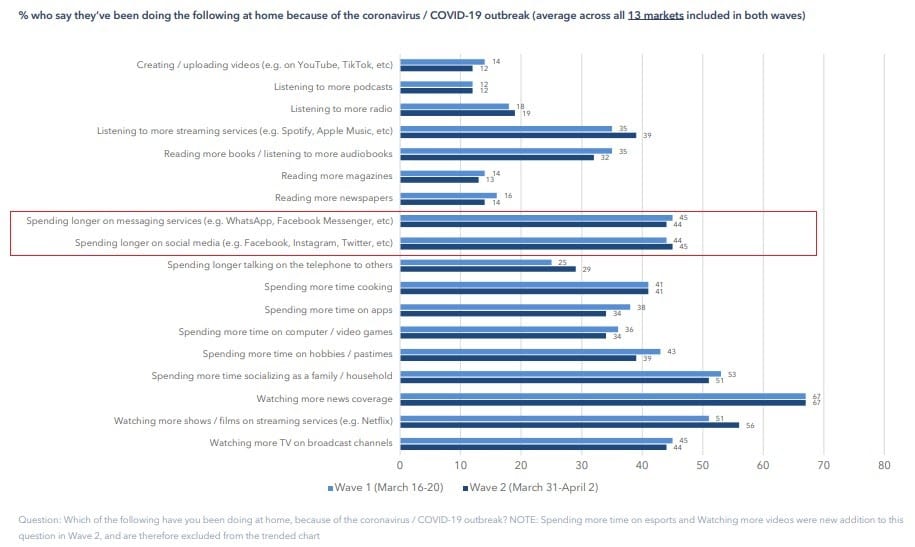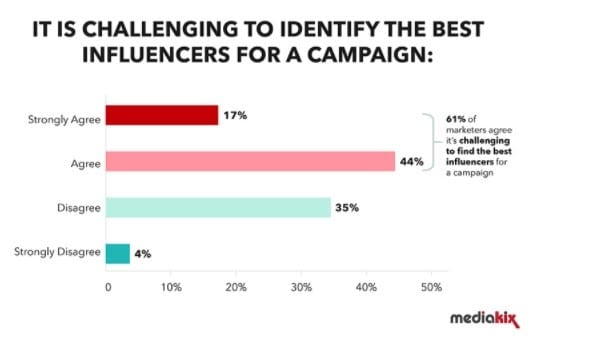6 Effective Social Media Marketing Tips Every Small Business Owner Needs to Know
COVID-19 has left most small business owners uncertain about the future. Daily procedures have changed, and businesses have adjusted operations in response to the pandemic. Small businesses have either had to pause projects or work remotely. Budget cuts have become inevitable, and most companies are reevaluating their expenditures.
But, should social media marketing be part of the expenses you cut? No.
Communicating on social media is essential to keep your audience and stakeholders informed. Your brand needs to reassure clients that your business has plans in place to survive the pandemic. Maintaining your social media presence can also help you remain relevant.
So, let’s take a look at some of the most effective social media tips you need to know as a small business owner. They apply, during and after the crisis, and can help you manage your social media marketing efforts. You can also use them to build strong relationships with your audience.
Boost Your Small Business with These 6 Effective Social Media Marketing Tips
The number of social media users has grown by more than 8% since April 2019. There are currently 3.81 billion social media users as of April 2020.
What’s more?
People are also spending more time on their devices due to the pandemic. 44% of them are spending more time on messaging services like WhatsApp and Messenger, while 45% are spending more time on social media platforms.

It’s, therefore, not a good time to be slacking on your social media efforts.
So, how can you remain proactive with your social media marketing strategies?
Use the following tips:
1. Create a Plan
Effective use of social media requires a plan. You need a clear goal for what you want to achieve and the right metrics to help you measure your efforts.
Here are some of the strategic activities to carry out when planning:
Set goals and objectives: Have social media goals that follow the SMART framework. This means that your goals should be specific, measurable, attainable, realistic, and timely.
Conduct a competitive analysis: How are your competitors handling their social media marketing? Find out what’s working for them and what’s not, then find ways to use this information to boost your strategy.
Audit your social accounts: Evaluate the performance of your existing accounts. What social channels are effective for your brand? What kind of content is driving more engagement? This can help you figure out what sort of content can work for you.
Find your target audience: Compile data on current customers, then use that information to come up with your ideal buyer. Revisit your social plan and find new ways to reach new audiences like them.
Have a social calendar: Creating a content calendar can help you ensure that you always have content to post. You can create content that is educational, entertaining, informational, or promotional. Combine these content types across channels and remember that you shouldn’t be too promotional.
2. Use the Right Social Media Tools
Social media tools help you automate tasks and processes that help you launch effective campaigns. These include curating content, scheduling posts, publishing, analytics, and more.
Doing these activities manually may take a lot of time. It may also prevent you from working on other important things. That’s why it’s important to choose the right tools to help you automate these processes and boost productivity.
However, choosing the right social media automation tools can be a problem in itself. It can be disappointing to invest in a tool that doesn’t help you tackle your critical tasks.
So, what should you consider when choosing social media tools?
- Which tasks take a lot of time?
- Which social channels do ou use?
- What kind of analytics do you need?
- Are promotional ads part of your campaigns?
- How easy will it be to manage workflows and teams?
- Does the tool integrates with other apps and tools?
3. Use Compelling Visuals
Use visuals to increase engagement on your posts. You can create animations, product videos, live videos, interviews, Stories, and infographics. These visuals can help you attract and engage your audience.
Don’t take shortcuts with them, though.
If your visuals aren’t attractive and engaging, no one will stop scrolling to look at them.
Hire a good photographer or create engaging graphics using image-editing software solutions to make them look professional.
You can also create engaging videos that your audience might find interesting. These can help you stir up conversations on social media too.
For example, you could create videos that help you:
- Unveil products
- Demonstrate product use
- Answer customer questions
- Showcase your products
4. Build Relationships with Influencers
Influencers have great followings, expertise, and resources. They can help you effectively promote your products.
However, finding the right influencers for your campaigns can be a challenge. About 61% of marketers considered it challenging in 2019.

The pandemic has meant that most physical events and festivals have been shut down or canceled, which means influencers may have more time to spare. They will probably be more open to partnerships and price negotiations. It also means that you can get more out of your marketing budget by spending less on your promotions.
But how do you find the right influencer to partner with your brand during these gloomy times?
You could engage an influencer agency for this. They can not only help you find the right influencers, but can help you strategize, launch, and manage your campaigns. You can also hire them to take charge of every aspect of your influencer campaigns.
5. Track the Performance of Your Social Media Strategies
The only way to improve your marketing campaigns is by figuring out where you might be going wrong. For this, it’s important to measure and track the effectiveness of your social media marketing campaigns. Doing this can help you make decisions based on real insights instead of guesswork.
How can you track performance?
- Track all your website traffic, sign-ups, and conversions with Google Analytics. With it, you can find out how many people convert via different platforms, network referrals, how people share your content, and more.
- Use UTM parameters to track data on traffic sources and website visitors. If you use UTM parameters with Google Analytics or other analytic programs, you get more in-depth reports. For example, which platform performs better, which post drove more traffic, etc.
Tracking and measuring social media performance can help you evaluate your efforts and time spent on social media marketing.
You can find out what type of content your audience likes, platforms with the best engagement, conversions, and so much more.
Ready to Give Your Social Media Strategies a Boost?
Social media marketing should be among your top priorities as a small business owner. It may be challenging at first, but you can’t afford to ignore it.
Be proactive, listen to your customers, and keep them informed on new developments, especially during the crisis. You should also offer quality content and track your social media campaign performance regularly.
Tips provided above can help you outshine your competition. Using them, you can improve your presence on social media channels and boost conversions.
Do you have any questions on any of the tips mentioned above? Please ask them in the comment section below.









